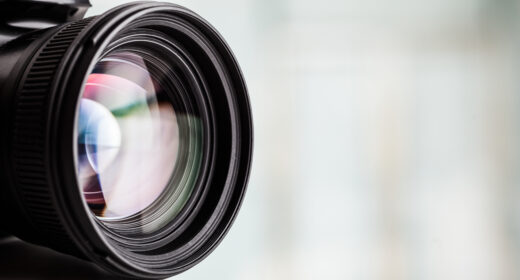A revised practice notice for the examination of patent applications featuring medical use claims, Examination Practice Respecting Medical Uses (PN 2015-01) has been approved following the recent Federal Court decision AbbVie Biotechnology Ltd. v. The Attorney General of Canada. In that case, the Federal Court had found that the Commissioner of Patents had incorrectly determined that AbbVie Biotechnology’s claim covered a method of medical treatment and was not patentable as the fixed dosages and dosage intervals described in the claim would restrict professional skill and judgement. The practice notice was released by the Canadian Intellectual Property Office (CIPO) on March 18, 2015.
The emphasis of the guidance in the revised practice notice is on the examination of claims that include dosage regimens or dosage ranges. The guidance applies to claims in the form "use of product X for treating disease Y", and may apply to claims such as "use of product X for the manufacture of a medicament for treating disease Y", "product X for treating disease Y…", or to claims using similar language.
According to CIPO, section 17.02.03 if the Manual of Patent Office Practice on Medical and Surgical Methods can generally be relied on for guidance, however, the examination of medical use claims, including dosage regimens and dosage ranges, requires specific guidance in order to ensure the efficient, predictable and reproducible examination of applications.
Claim Analysis – Purposive Construction
CIPO’s practice notice, Examination Practice Respecting Purposive Construction (PN 2013-02) requires the use of “purposive construction” – as outlined in 2000 by the Supreme Court of Canada (SCC) in Free World Trust v. Électro Santé, Whirlpool Corp. v. Camco Inc. and Whirlpool Corp. v. Maytag Corp. – in place of other approaches to claim analysis to assess whether a claim is patentable.
To perform a purposive construction, an examiner identifies the problem the inventors set out to address and the solution disclosed in the claim. The examiner then determines which elements of the claim are essential to solving the problem, using a fair balanced and informed approach in the context of the claim as a whole.
The identification of the problem faced by the inventors is guided by the examiner's understanding of the common general knowledge in the art and through the description included in the claim. The solution is the element or set of elements essential to the successful resolution of the problem. Depending on what was disclosed in the description, and what is commonly known in the art, the solution could be, for example, a new compound or new use of a compound; or it could be an improvement of a known use.
Subject-matter of Claim – Medical Intervention Including Dosage Regimen or Range
The subject-matter of an invention must fall within one of the categories of invention, such as an ‘art’, ‘process’, ‘machine’, ‘manufacture’, ‘composition of matter’, or an improvement in one of these categories, under section 2 of the Patent Act. Our courts have found certain types of medical inventions to fall outside the scope of s. 2. For example, methods of medical treatment and surgery are excluded from the definition of an invention.
Medical use claims are generally permitted as long as they do not equate to medical or surgical methods – in other words, they do not include an active treatment or surgical step – and they satisfy all other requirements of patentability. The Federal Court has concluded, however, that inventions preventing physicians from exercising their skill and judgment in using a known compound for an established purpose effectively cover a method of medical treatment.
In using a purposive construction approach to assessing medical inventions, the problem faced by the inventor may relate to "what" to use for treatment. The solution will generally be provided by an element or set of elements in the claim that embody a treatment tool. This tool may include a compound, composition, formulation, or a dosage unit form.
According to CIPO’s guidance, the inclusion of a dosage regimen or dosage range in a claim does not necessarily mean the claim is not patentable under the Act. But if a dosage range or regimen is an essential element of a claim – encompassing the use of a known compound in an established treatment – then the claim may be considered a method of medical treatment. Where an essential element only serves to instruct a medical professional "how" to treat a patient, and not "what" to use to treat the patient, it must be determined if it prevents, interferes with or requires the professional skill of a physician. If the answer is "yes", the claimed use will encompass a method of medical treatment that does not comply with section 2 of the Act.
Examples of essential elements that may limit a physician's professional skill or judgment include those that provide details of a dosing schedule encompassing a range and those that represent a range of potential dosages that a patient may receive. However, essential elements that narrow treatment to a fixed dosage, a fixed dosage regimen, a patient sub-population or to a particular administration site are unlikely to limit a physician's professional skill or judgment.



